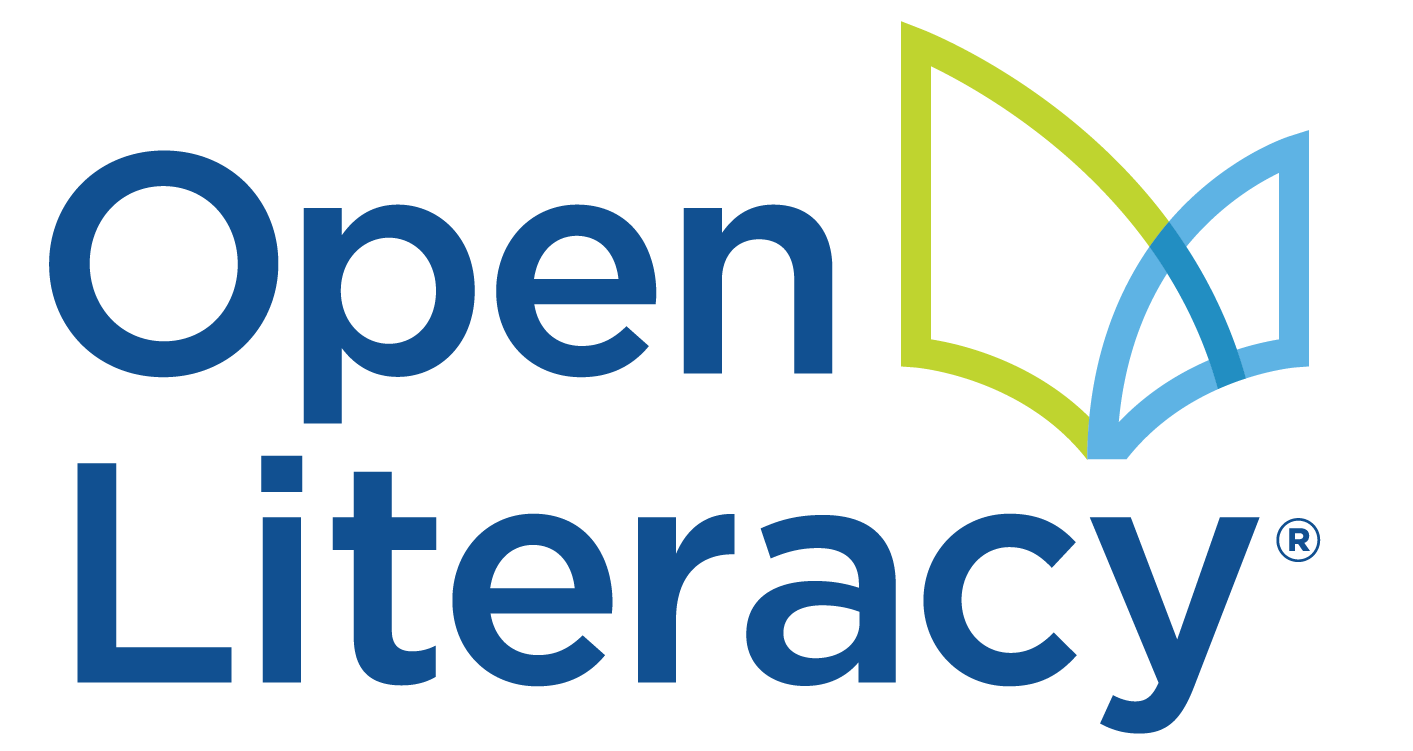Defining Reading Comprehension
We have made reading comprehension SO complicated!
The RAND Reading Study Group defines reading comprehension as the process of simultaneously extracting and constructing meaning through interaction. But what does THAT mean? Extracting is decoding. Constructing is comprehending. You have to be able to read the words. Then you have to be able to understand those words.
Over the past three decades we’ve made reading comprehension synonymous with using reading strategies. This viewpoint has overcomplicated reading comprehension. It is more helpful to think of reading comprehension as an active, interactive, strategic process that occurs before, during, and after reading a piece of text. Let’s take a look at what this means.
BEFORE reading a reader sets expectations for the text using what they know about the text and the world. A reader might think:
I see that this is a familiar author. I know the characters in this story!
Oh, this text is historical fiction. I know there’s either going to be a fictional character in a real historical place or a real character in a fictional setting.
This book is about whales. I know a lot about whales. Let’s see if I learn anything new.
I’ve never read anything about this subject. I’m going to have to read slowly.
This is not about looking at the front cover and predicting what the text is going to be about. Teachers often do this in the service of activating background knowledge. If you are going to activate background knowledge, it should happen in a targeted way. For example, if you are reading a book about how fish catch their prey with your students, you wouldn’t ask “Who has been to the beach?” Instead you would want to ask a more targeted question such as, “Has anyone even been stung by a jellyfish?”
DURING reading the readers job is to be in active conversation with the text – the reader should be constantly asking AM I COMPREHENDING? It is during reading that the reader is making a really clear picture in their head about what is going on in the text. Maybe that includes following a storyline, constructing a timeline of key events, or understanding a process. The job of the reader is to make sure that mental picture is clear and complete. And if it’s not, the job of the reader is to care that it isn’t complete, and to work to make it complete. In classrooms, we help children build this skill through talking about what they read. During read alouds we pause and ask questions as a way to model for students the active process of reading a text.
AFTER reading the reader monitors understanding. Have I understood what was read? Do I need to reread? Are there still parts I don’t understand that I need to clarify by talking to someone else or reading something else? This is when the reader makes sure that their mental picture is complete.
We can help children build their comprehension skills by supporting them as they engage actively, intentionally, and strategically with texts.
Never miss a post!
Follow us on Instagram and Facebook
Have a literacy question you’d like answered? EMAIL US
Return to BLOG HOME
